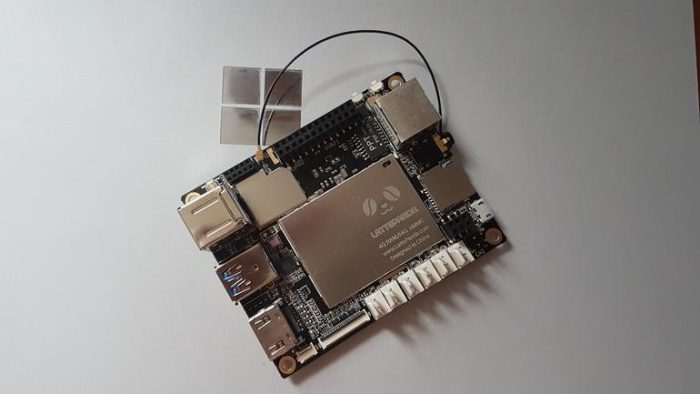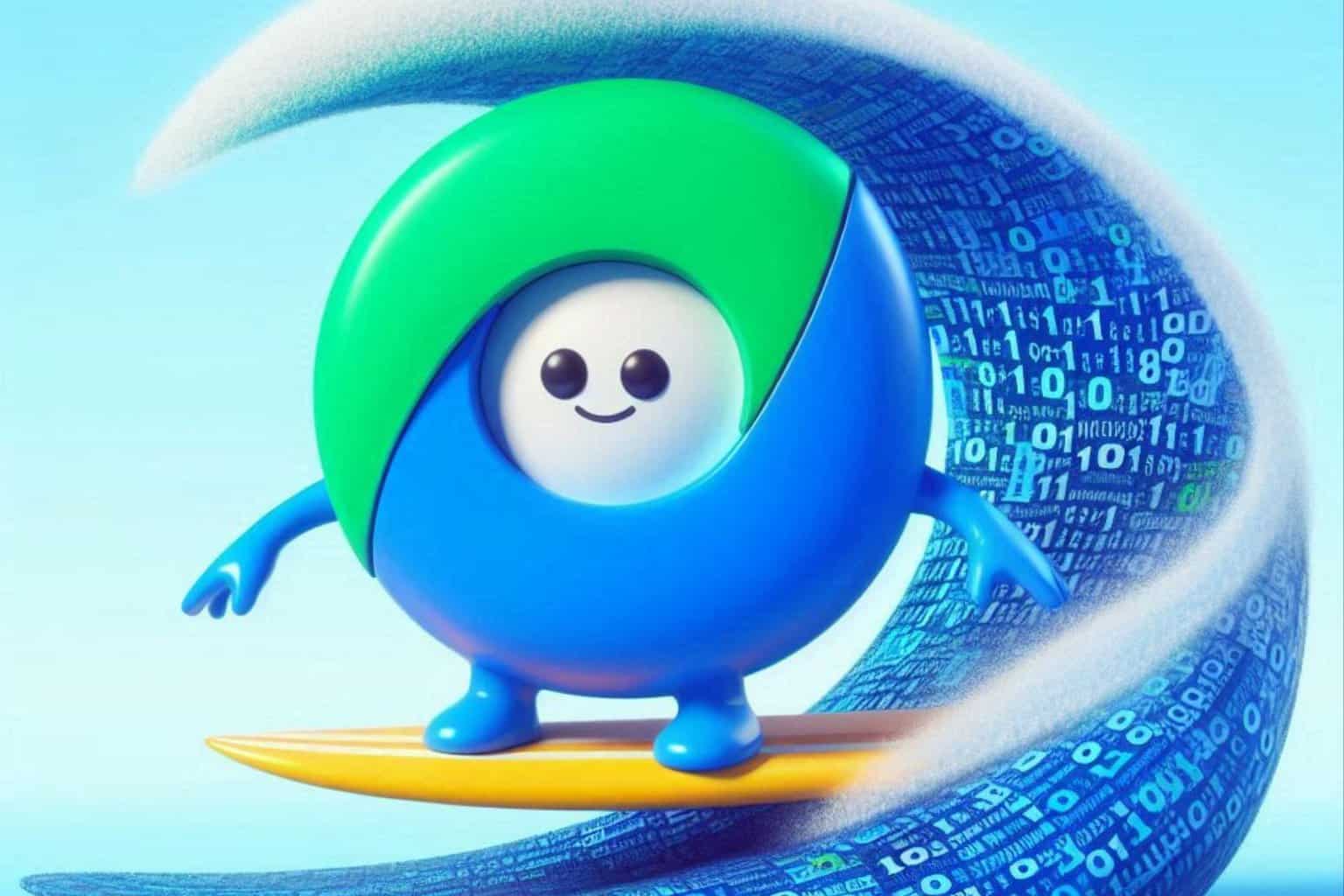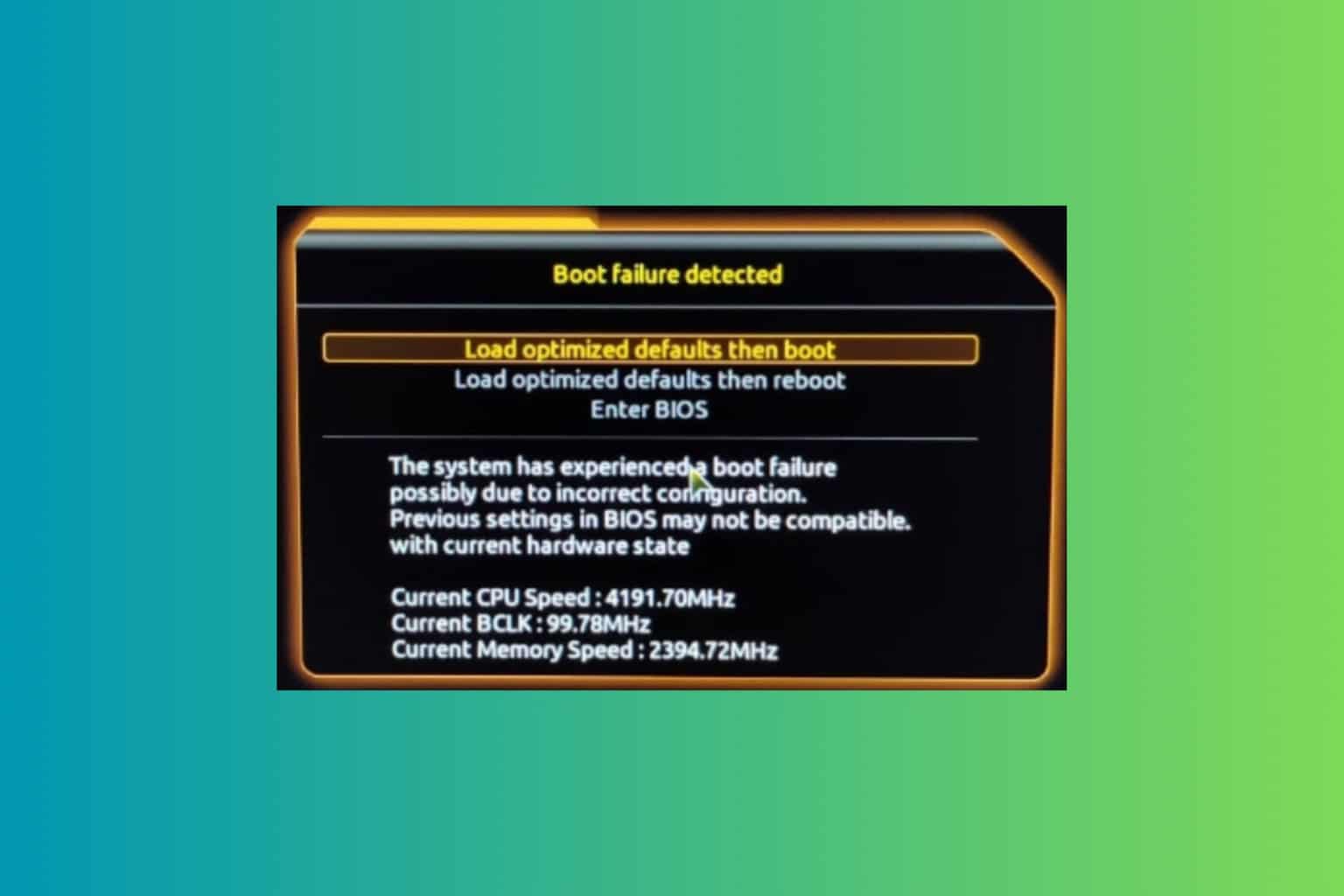LattePanda joins Raspberry Pi among growing list of Windows-supported IoT devices
2 min. read
Published on
Read our disclosure page to find out how can you help Windows Report sustain the editorial team Read more

While news of Windows 10 (and to some extent its mobile version) has been flooding news outlets, another no less important part of Microsoft’s unified Windows vision – IoT – has been on the down low. Which is why it’s exciting news when another hardware company is joining the list of full-on Windows IoT supporters, reports ZDNet.
The company in question is China-based open source hardware provider DFRobot, who brought to this year’s Maker Faire – a science-slash-county fair of sort for tech enthusiasts and tinkerers – their curious new product: a minuscule Windows 10 computer called LattePanda.
The special thing about LattePanda is that, despite being a Arduino-compatible single board computer in the veins of the Raspberry Pi or Intel Edison, the device is running a full-blown version of Windows 10 (which comes pre-installed on the built-in SSD) and not Windows IoT. When you look under the hood, the reason becomes clear: opposed to the more common choice of ARM, DFRobot is powering its board with an Intel Cherry Trail Atom processor, up to 4GB of RAM, and a co-processor for handling Arduino features.
Of course, using the LattePanda as a Windows 10 PC doesn’t sound like a pleasant experience, neither is it the device’s purpose, as screen resolution support is reportedly limited to 1024×600. What’s more interesting should be the IoT applications, as well as cross advantage with the Arduino compatibility: there’s an option to buy a 7-inch touchscreen that attaches directly onto the board, and DFRobot is providing the Gravity sensor kits with all the common sensors on board.
LattePanda also shines in another department: development flexibility. Due to the device’s duality nature of the device, developers can work directly on the board on the Windows side using familiar tools like Visual Studio, and push code quickly and directly to the Arduino side to run separately. Overall, LattePanda sounds like a versatile, low-cost entry point into the world of IoT, especially for developers on the Windows platform.
Feature image credits: Simon Bisson








